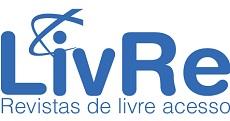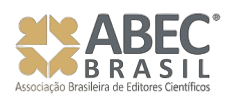The Circular Economy
Analysis Based on The Theory of Resources and Capabilities
DOI:
https://doi.org/10.36661/2596-142X.2019v1i1.10902Palavras-chave:
Circular economy, Resources and Capacities, VRIO Analysis, StrategyResumo
The purpose of this document is to analyze the Circular Economy (CE) model from the point of view of the resources and capacities of the organization. How is the application of the Circular Economy model related to Strategic Management? At first glance, it seems that the CE is operating within an operational level with a social impact, but it also has implications that allow us to think that it can be used as an internal resource of the company that, if applied in the right way, can become a competitive advantage, in other words, the application of the CE is related to Strategic Management through the point of view based on resources and capabilities. Therefore, the present investigation has a descriptive-correlational nature, which was analyzed through Peng's VRIO framework.
Downloads
Downloads
Publicado
Edição
Seção
Licença
-
O(s) autor(es) autoriza(m) a publicação do artigo na revista;
-
O(s) autor(es) atesta (m) que a contribuição é original e inédita e que não está em processo de avaliação em outra(s) revista(s);
-
A revista não se responsabiliza pelas opiniões, ideias e conceitos emitidos nos textos, por serem de inteira responsabilidade de seu(s) autor(es);
-
É reservado aos editores o direito de proceder ajustes textuais e de adequação do artigo às normas da publicação;
-
Autores mantêm os direitos autorais e concedem à revista o direito de primeira publicação, com o trabalho simultaneamente licenciado sob a Creative Commons Atribuição 4.0 Não Adaptada, que permite o compartilhamento do trabalho com reconhecimento da autoria e publicação inicial nesta revista














